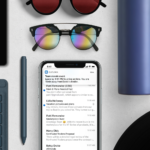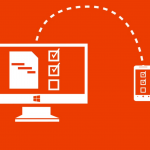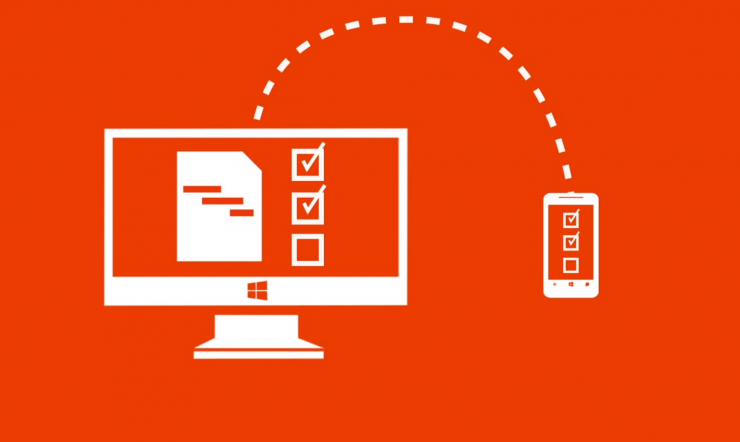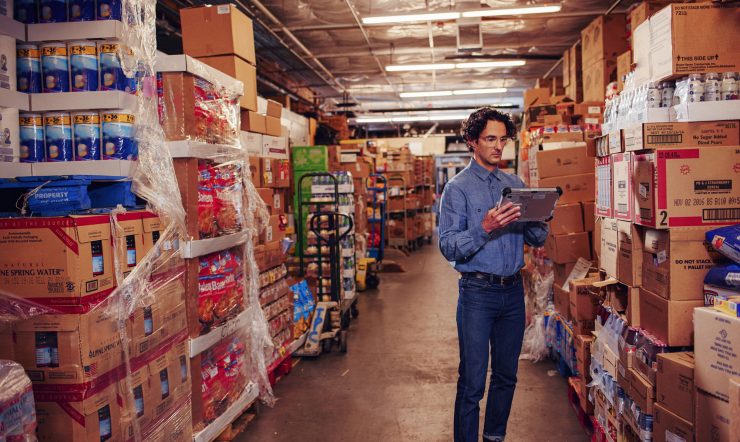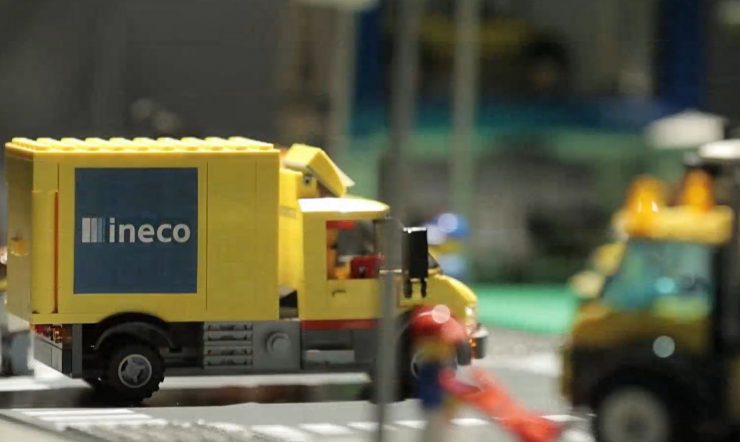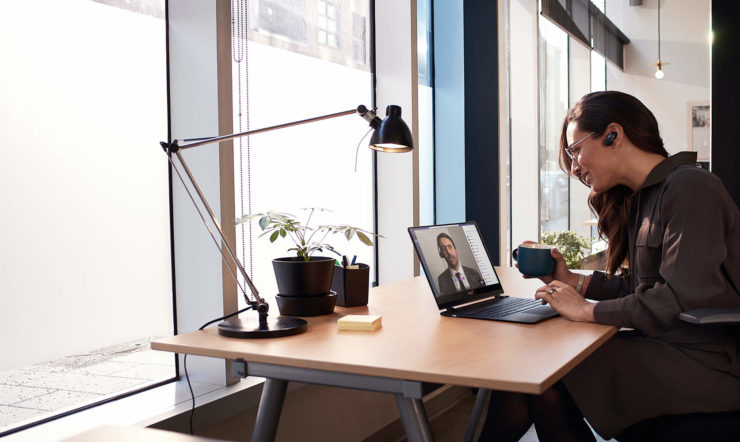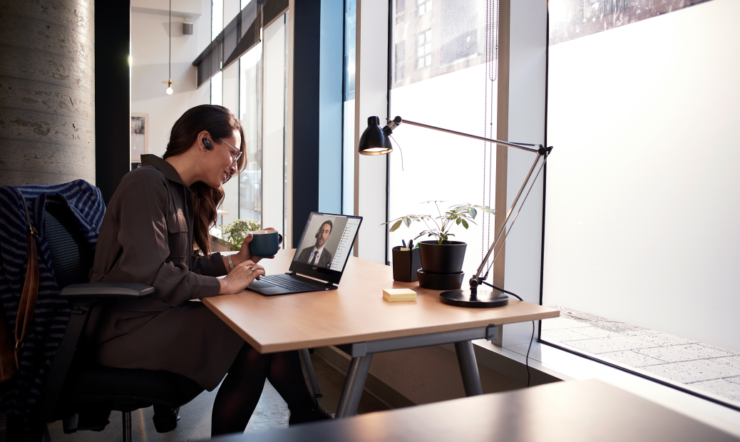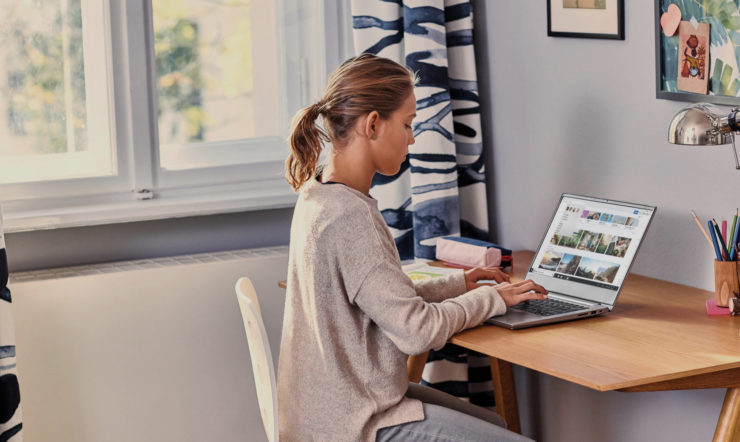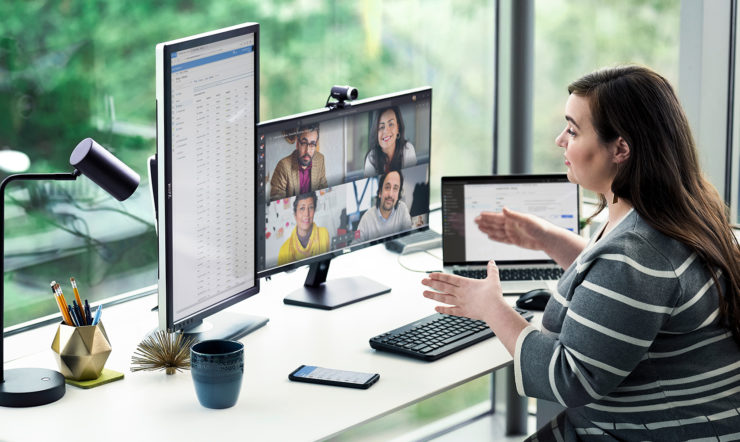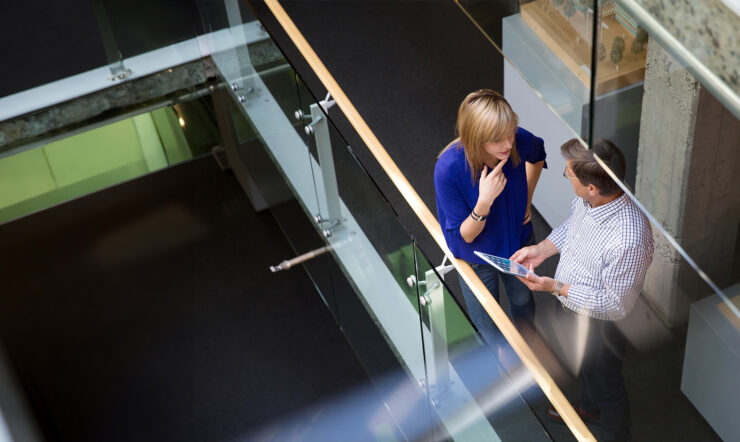Hybrid Talk is an article series hosted by Microsoft Denmark. We have invited thought leaders, companies, and organizations to share their views on the modern way of working and how technology supports the hybrid model. Is the new normal here to stay or does it even make sense to talk about normality in a world changing faster than ever? We will explore this and a whole lot more in this series.
Still curious? Learn more and be inspired at our site dedicated to exploring hybrid work here.
Novo Nordisk: Everyone has the right to flexibility
Monique Carter, EVP People & Organization at Novo Nordisk, knows hybrid work. She oversees HR in the world’s 6th largest pharma company and commutes between the UK and the Bagsværd HQ of Novo Nordisk on a weekly basis. For her, the employees at Novo, and even the top management, the shift to hybrid work has been a tremendous game changer. “Prior to Covid-19, Novo wasn’t an organization embracing flexibility. We have a history of being very disciplined and financially responsible in a structured way – one that required in-person attendance. We simply questioned whether people could be as productive working from another location than the office,” Monique opens the interview. “Covid-19 was indeed a sense check on that!”
She and Novo Nordisk weren’t the only ones caught off guard by a world shutting down from one day to the next. But now, the interesting thing is how to move along. How do companies such as Novo Nordisk and Microsoft create a new working environment aligned with employee expectations, the ability to attract and retain talent – one that keeps innovating and developing at a pace that’s increasing every day?
 If you ask our employees, they will say that we are much more open to the notion of flexibility now. The most important thing is that we do our jobs. If you do that the best while working flexibly – both in time and place – we’re all for it.
If you ask our employees, they will say that we are much more open to the notion of flexibility now. The most important thing is that we do our jobs. If you do that the best while working flexibly – both in time and place – we’re all for it.
– Monique Carter, EVP People & Organization at Novo Nordisk
If it doesn’t work for Dolly Parton
Tanya Helene Christensen, Business Group lead for Modern Work & Security at Microsoft Denmark, is in touch with several companies struggling to find a hybrid balance. “Modern work is all about how to become more productive. But not like in the old days. Dolly Parton wasn’t pleased with 9-5 and neither are most of the employees who have now experienced what flexible working hours and places do in terms of creating a life in balance,” she says. “We need to keep in mind that a flexible working environment isn’t happening overnight. Management needs to make some tough decisions and set the guidelines for what hybrid looks like in their organization. Otherwise, it’s up to middle managers alone to interpret and navigate in this new situation – and that’s not their responsibility.
Monique Carter agrees: “At Novo Nordisk, we have established flexible working beliefs. We are a company that believes our culture is special and important. If you are working 100% remotely, you will never touch neither the culture nor the history, and it becomes much more difficult to be part of the organization,” Monique says before adding: “but that doesn’t mean that all work must be in-person. If you ask our employees, they will say that we are much more open to the notion of flexibility now. The most important thing is that we do our jobs. If you do that the best while working flexibly – both in time and place – we’re all for it.”
 It’s not just a classic technology discussion about what kind of tools you need to refurbish meeting rooms. It’s about how technology can support desired behavior and enhance inclusion and flexibility
It’s not just a classic technology discussion about what kind of tools you need to refurbish meeting rooms. It’s about how technology can support desired behavior and enhance inclusion and flexibility
– Tanya Helene Christensen, Business Group lead for Modern Work & Security at Microsoft Denmark
It’s not only a classic technology discussion
Tanya Christensen and Monique Carter both agree that creating the right company culture followed by guidelines that nudge employees into a healthier behavior is crucial – but how do you know whether employees are thriving and if they have enough contact with their team and customers when the workforce is dispersed? “You can’t just offer employees a flexible working environment without also providing the tools for them to actually collaborate and innovate,” Tanya states. “You need tools that can grow along with the hybrid ambitions and that fit both a common goal of a shared platform to work from as well as individual needs.
“It’s not just a classic technology discussion about what kind of tools you need to refurbish meeting rooms. It’s about how technology can support desired behavior and enhance inclusion and flexibility,” Tanya says. Concretely, Tanya talks about how to use technology to nudge employees into remembering their breaks or to ensure that people don’t forget certain tasks, for example with a daily e-mail including a checklist of today’s meetings and a quick reminder to read ‘the attached documents’. Or by ensuring that Teams has generated a transcript of your meeting available once the meeting is over, so you can quickly begin working on your actions.
Hybrid is good for business
“We have learned that hybrid is working. That it’s good for business. And this enhances our appetite for exploring hybrid work even further,” Monique Carter concludes. “Novo Nordisk is changing. We have a growth strategy; we’re doing new things now, and we have realized that the recipe that has been successful so far might not be the one to take us to the next level.” Tanya supports the notion of a new recipe for future work. In her opinion, this includes enabling organizations to leverage the power of data and having the right tools to access data. However, according to Tanya, technology alone won’t do: “Technology should empower us to work from anywhere, but if the culture doesn’t support it, or managers and middle managers can’t navigate the complexity, the technology doesn’t matter.”
The Novo Nordisk Hybrid principles
- Workplace flexibility should always be considered as an option if tasks and activities can be performed by working from other locations; however, this must never jeopardize business needs.
- We need to meet physically to ensure that we continue to strengthen our company culture, innovation power, and relationships in the workplace.
- It’s a leadership responsibility to agree with each employee the right level of flexibility
- One size does not fit all. Workplace flexibility agreements must respect and take differences in job requirements, employee preferences, local regulations, norms, and cultures into account.
The Microsoft Denmark Hybrid Principles
- Customer preferences first
- Don’t expect fixed days in the office
- Practice inclusion in all meetings
- Some meetings require face-to-face collaboration
- Use and showcase the newest technology
- Leverage data to spot changes in work patterns
- Combat digital exhaustion
- Learn, learn, learn – then change
Read our other hybrid talks with:
- Sophie Saxine Lovett, Head of People Advisory for HQ & Europe, A.P. Møller Mærsk.
- Camilla Hillerup, HR-director, Microsoft Danmark.
- Morten Albæk, philosopher, author, and CEO, Voluntās.
- Lise Dahl Arvedsen, Ph.d., expert in hybrid management at Augmenti, and extern lecturer at CBS.
- Camilla Thind Sunesen, Head of Concepts & Health Development, Danica Pension.
- Michael Andersen, management philosopher, and COO, Department of Forensic Psychology, EAGLE SHARK.
Listen to our podcast, Tidens Tech.
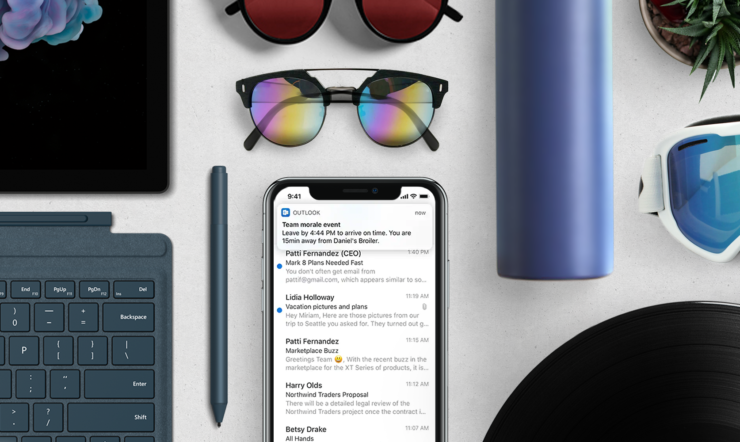

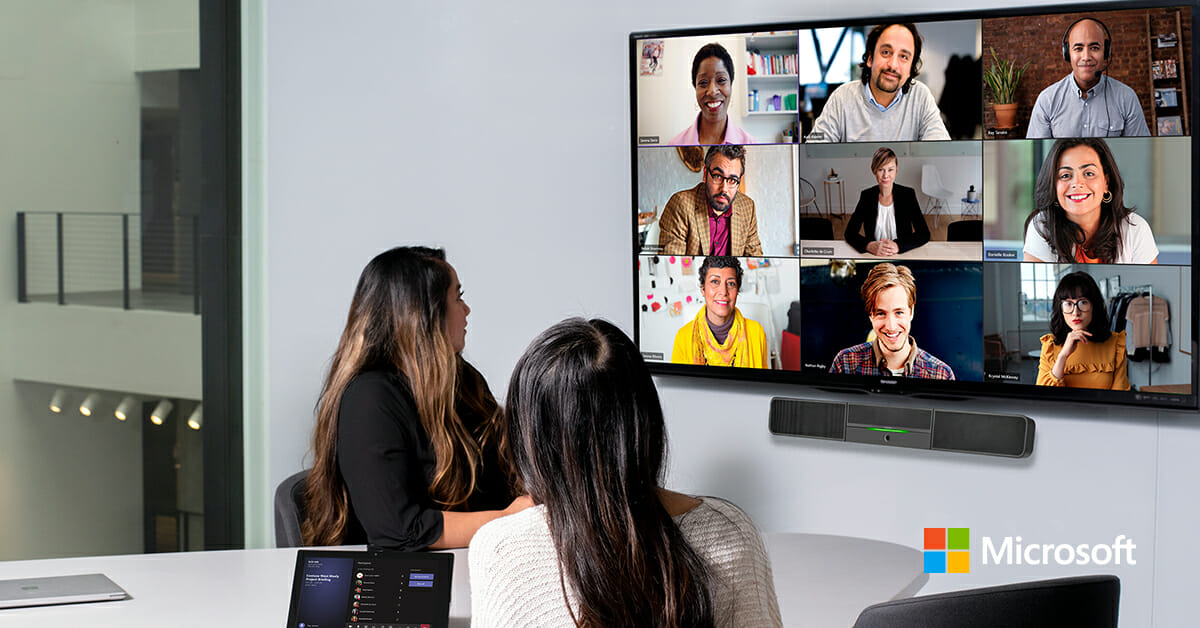

 If you ask our employees, they will say that we are much more open to the notion of flexibility now. The most important thing is that we do our jobs. If you do that the best while working flexibly – both in time and place – we’re all for it.
If you ask our employees, they will say that we are much more open to the notion of flexibility now. The most important thing is that we do our jobs. If you do that the best while working flexibly – both in time and place – we’re all for it. It’s not just a classic technology discussion about what kind of tools you need to refurbish meeting rooms. It’s about how technology can support desired behavior and enhance inclusion and flexibility
It’s not just a classic technology discussion about what kind of tools you need to refurbish meeting rooms. It’s about how technology can support desired behavior and enhance inclusion and flexibility